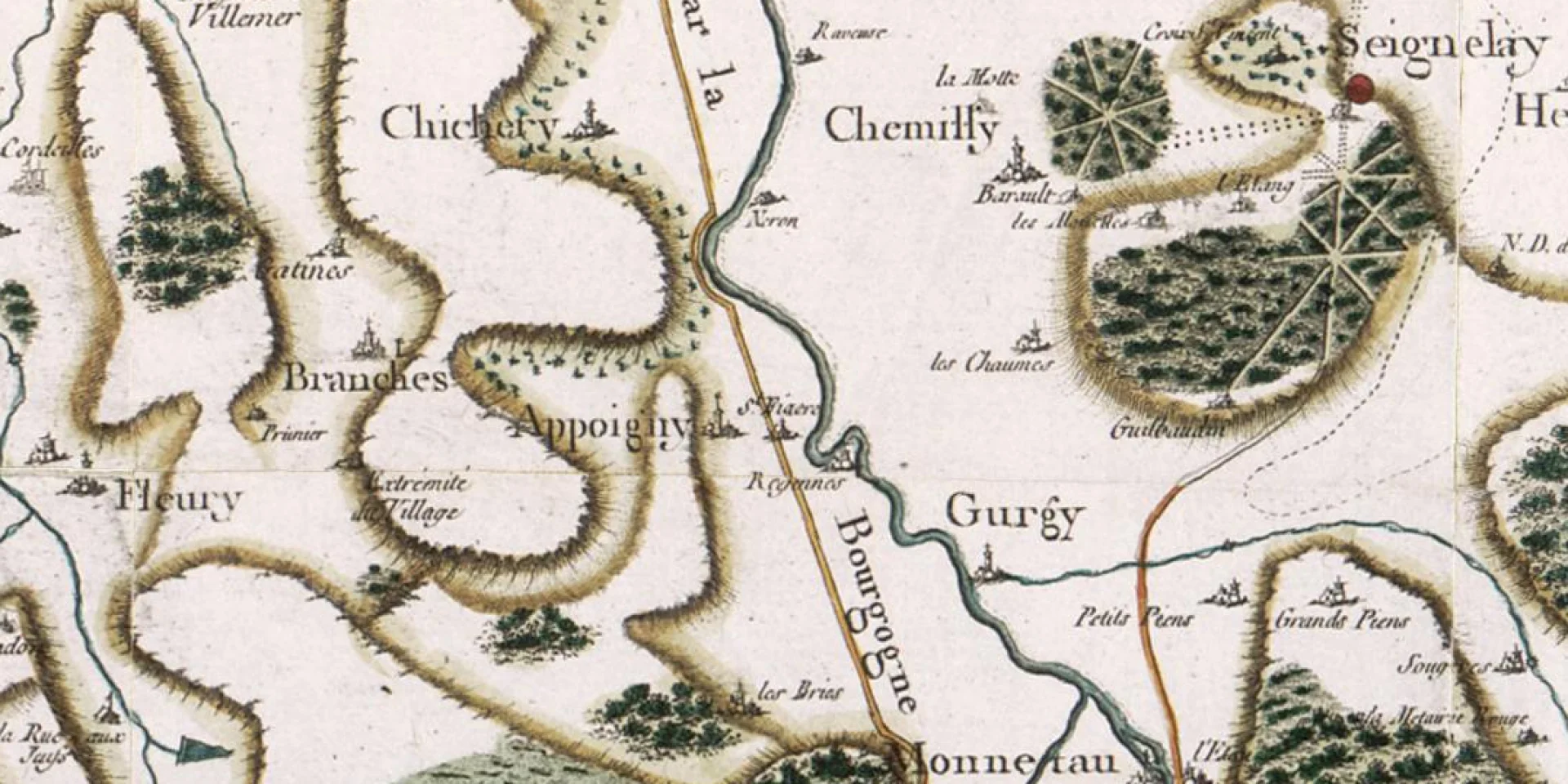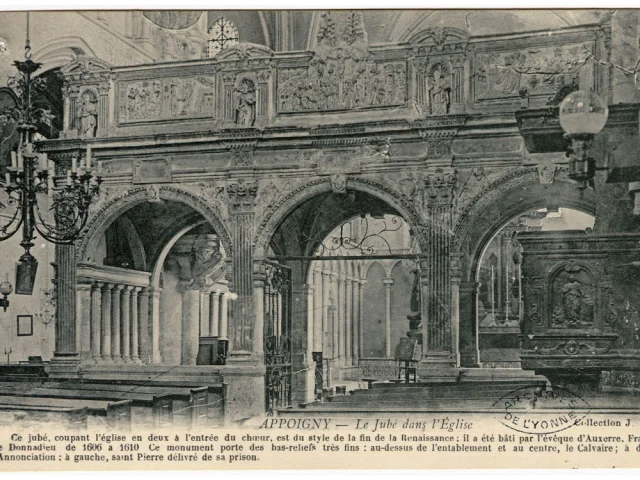Ideally situated between the Via Agrippa and the Icauna River (the Yonne today), the Epponiacus territory was a thoroughfare for travellers at the time of the Gallo-Roman Empire. It is also the birthplace of the region’s most renowned Saint, Germain of Auxerre, whose parents Rusticus and Germanilla owned the Villa Ritigana, built in approximately 378 AD.
At the death of his parents, Germain, who had become a bishop, inherited the land from his parents, which he then bequeathed to the Bishopric of Auxerre. The Villa Ritigana henceforth became a regular place of residence for the bishops of Auxerre up until the Revolution. In the 11th century, Robert de Nevers transformed the villa into a fortress, which was destroyed and rebuilt several times thereafter. The current Régennes Château was built in the 20th century and has housed a clinic since 1976.
In the commune stands the Pierre Saint-Martin, a stone that marks the crossroads of four municipalities: Appoigny, Branches, Charbuy and Perrigny.
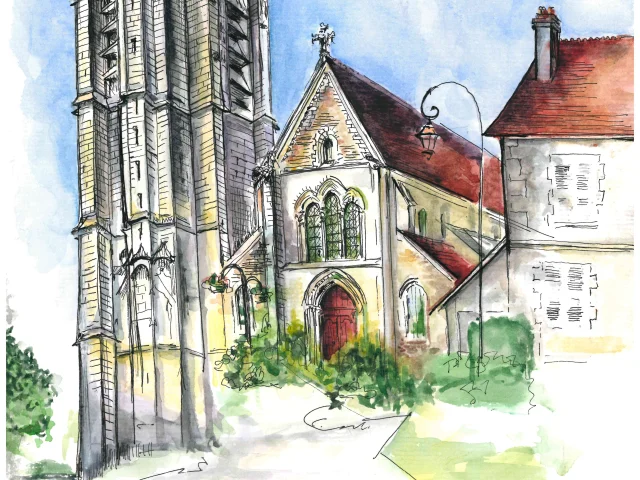 Appoigny Eglise
Appoigny Eglise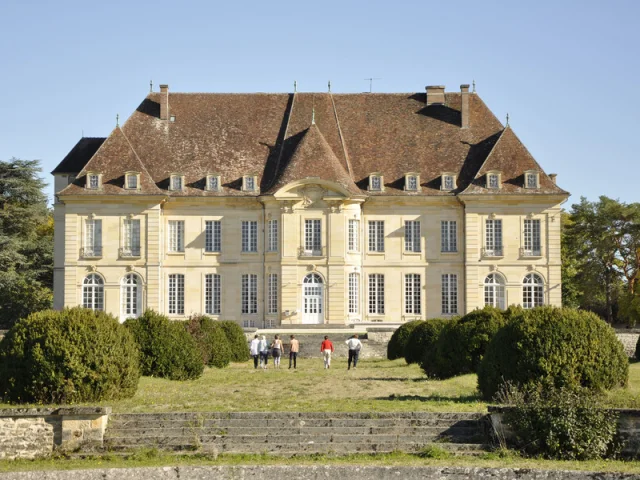 Domaine De Regennes Ville Dauxerre
Domaine De Regennes Ville Dauxerre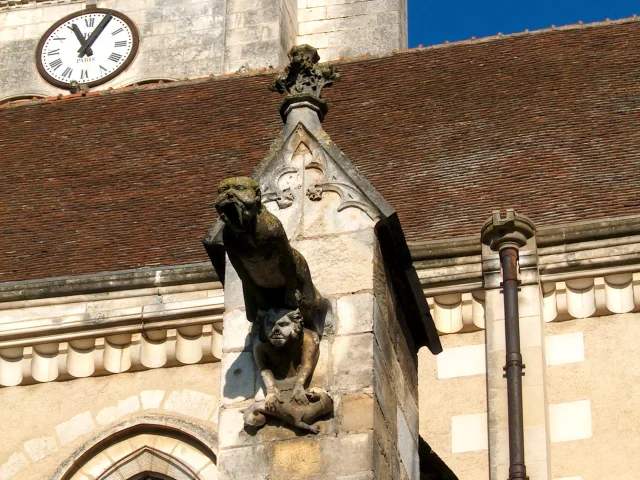 Appoigny
Appoigny